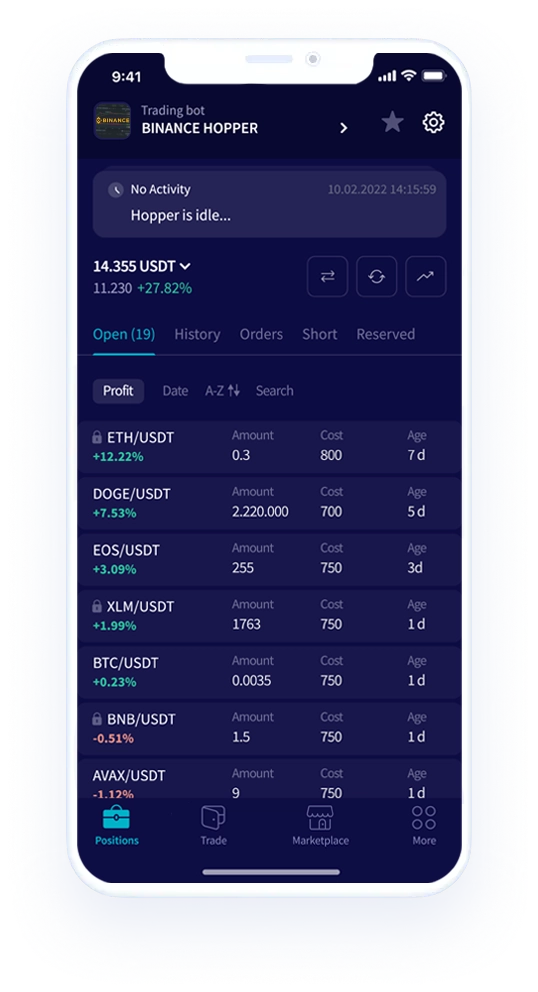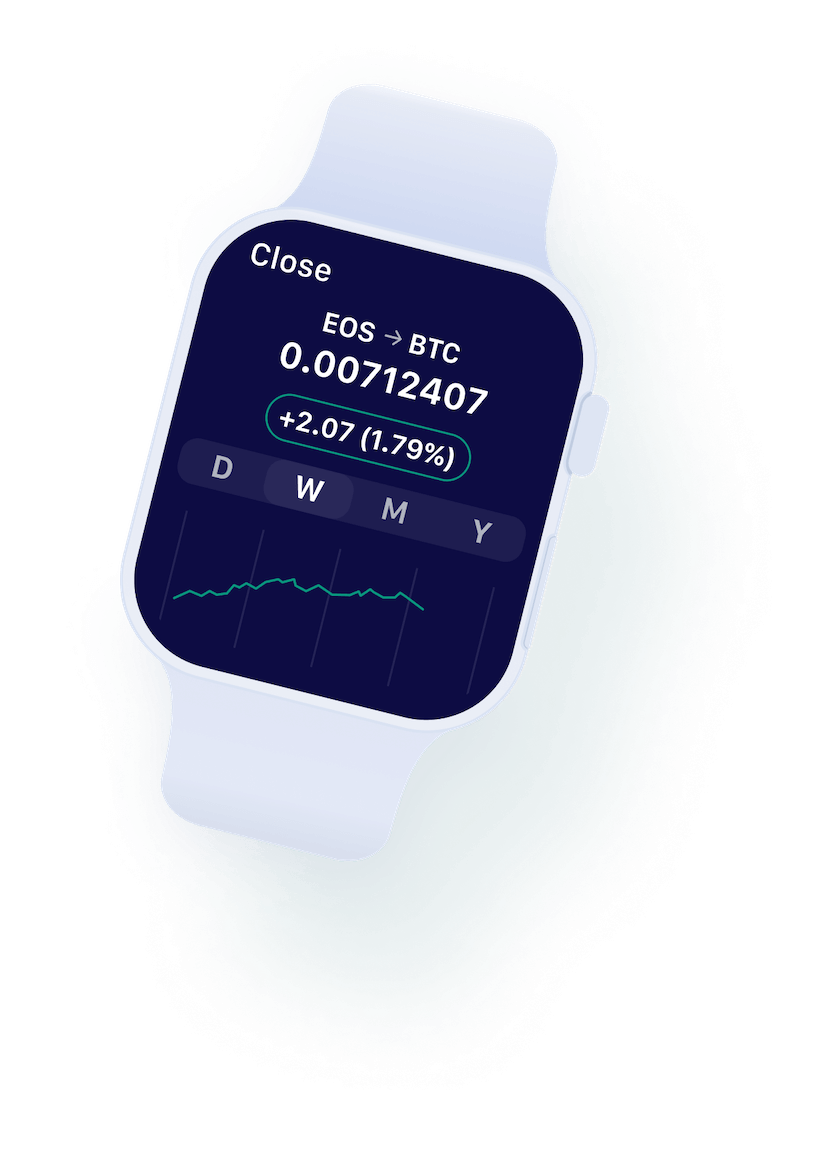What is Bitcoin Knots and Why Does it Matter?
Bitcoin Knots is an alternative full-node client to Bitcoin Core, maintained by Luke Dash Jr, a well-known Bitcoin developer, that integrates additional features and stricter policy controls. Unlike Core, Knots offers users the ability to filter out transactions they consider “spam,” such as those embedding arbitrary data into the blockchain via OP_RETURN. These filters allow node operators to reject data-heavy or non-financial transactions at the mempool level, giving them greater control over what activity their nodes process. This approach has made Knots attractive to users who prioritise Bitcoin’s monetary use case and want to limit what they view as wasteful or exploitative use of block space.
The current debate centres on Bitcoin Core v30’s decision to remove the long-standing 80-byte OP_RETURN cap, effectively allowing larger amounts of arbitrary data to be embedded in transactions. Core developers argue this change is consistent with Bitcoin’s principle of neutrality, if a transaction is valid and pays a fee, it should be relayed and mined without judgement on its purpose. They suggest that lifting restrictions fosters broader innovation, such as on-chain document verification or NFT-style use cases. By contrast, Knots supporters view the removal of limits as opening the network to spam, bloating the blockchain, and distracting from Bitcoin’s primary role as a financial settlement system.
This clash is more than a technical disagreement, it reflects deeper ideological divisions over Bitcoin’s identity. For Core advocates, neutrality means accommodating any use case that pays fees maintaining the integrity of a permissionless system, while Knots supporters argue neutrality requires preserving Bitcoin as a lean, reliable monetary system rather than a general-purpose data ledger, even if it means censoring or “filtering” undesirable transactions. The controversy has prompted many node operators to migrate from Core to Knots, with Knots’ share of the network rising sharply in 2025. For some, this shift is not only about performance or policy preferences but also about resisting what they perceive as Core’s unilateral authority over Bitcoin’s direction.
As the October 2025 Core v30 release approaches, the debate has taken on historical echoes of the 2017 block size wars. A growing proportion of the network now runs Knots, an exodus signalling mounting resistance to Core’s policy changes. While no risk of a hard or soft fork has yet occurred, the risk of network fragmentation looms if Core’s new rules lead to incompatibility with Knots’ approach, although it’s far more likely that we see more Bitcoin users “vote with their feet”, so to speak, by migrating to running a Knots node, rather than a Core node. Whether this divergence strengthens Bitcoin through client diversity or threatens its cohesion remains uncertain, but the surge in Knots adoption highlights the community’s appetite for alternatives and the unresolved tension between flexibility and conservatism in Bitcoin’s design.
Do the Knots Filters Even Work to Reduce So-Called “Spam” Transactions?
Supporters of Bitcoin Knots often frame their choice to run the client as a way of defending Bitcoin’s identity as a monetary network. By enabling filters that reject transactions linked to Ordinals, Stamps, Runes, and even certain privacy-preserving mechanisms such as CoinJoin, Knots users believe they are preserving scarce block space for payments rather than speculative or data-heavy activity. This conviction has been central to the growth of Knots in 2025, with many node operators viewing their actions as a form of stewardship over Bitcoin’s long-term health and usability.
However, despite these intentions, there is little empirical evidence that such filtering significantly reduces the presence of these controversial transaction types on the Bitcoin blockchain. While Knots can block certain transactions at the mempool level, miners ultimately determine what is included in blocks, and most pools do not rely exclusively on Knots policies when building them. As a result, the broader ecosystem of Ordinals inscriptions, Rune tokens, and CoinJoin-style mixes has continued largely unaffected, raising doubts about the effectiveness of node-level filtering as a meaningful deterrent. Non-Knots nodes, and Bitcoiners who do not share the ideological perspective of pro-filters Knots node users, don’t typically filter transactions from the mempools of their nodes. If transactions are valid by consensus rules, and pay a transaction fee, they are treated equally to other valid fee-paying transactions, leading to a route around the filters integrated into Knots nodes.
The issue is compounded by the existence of out-of-band transaction channels, which bypass mempools entirely. Large miners and pools often accept direct transaction submissions from clients (for a fee), meaning that even if Knots nodes filter out certain activity, these transactions can still be relayed directly to miners for inclusion. Services like Marathon’s “Slipstream” explicitly facilitate this process, providing a route for transactions that would otherwise be filtered to find their way into blocks. Alongside the out-of-band mempool channels, we have to take into consideration the game theory and profitability incentives inherent to Bitcoin mining, itself.
Aside from Ocean Mining, a Bitcoin mining pool, which has implemented filters within its node infrastructure and is spearheaded by Luke Dash Jr. and backed by Jack Dorsey, the co-founder of Twitter (now X), miners are generally not ideological. They are usually happy to include any consensus-valid transaction which pays an adequate fee into a block, regardless of if it contains arbitrary data or not. Miners are driven by the need to make a profit to stay in operation and are not willing to leave Satoshis on the table. Another problem with the filters narrative is that even if Knots users do not include the undesired transactions in their mempools, they eventually end up relaying them after the transactions eventually get included in the mempools of non-Knots nodes, and mined by other miners in Bitcoin’s free market for transaction fees. This undermines the assumption that mempool filters alone can police Bitcoin’s transaction mix.
This disconnect has already fuelled controversy, particularly in past disputes between Ocean Mining, and advocates of Samourai Wallet and Whirlpool. Privacy supporters argued that Knots’ transaction filtering negatively impacted privacy-preserving CoinJoin transactions (along with so-called “spam”), and penalised legitimate privacy use cases. Luke Dash Jr. contended that the matter was not one of censorship but rather a correction of what he viewed as a flaw in the Whirlpool software. He argued that the 46-byte OP_RETURN field was unnecessary and effectively enabled spam, drawing a parallel with his objections to Ordinals inscriptions. He says that Bitcoin Knots simply enforced a standard limit, with the 42-byte cap intentionally designed to reduce spam rather than to target or disable privacy-focused tools. While Knots users may feel they are protecting Bitcoin’s monetary integrity, the reality is that transaction filtering has limited efficacy in shaping the network’s overall composition, given miners’ incentives and the flexibility of those determined to embed data on-chain.
The Meteoric Growth of Knots Noderunners and Pleb Filter Advocates
In recent weeks, the debate between Bitcoin Core and Bitcoin Knots has escalated sharply, spilling onto platforms like X and Nostr. Advocates on both sides have engaged in spirited arguments, with feeds dominated by discussions about OP_RETURN, spam filtering, what constitutes “spam”, and the broader role of Bitcoin as either a neutral settlement layer or a more tightly defined monetary network. These exchanges have become some of the most prominent topics in the Bitcoin community, overshadowing price talk and adoption news, as participants wrestle with the philosophical and technical direction of the protocol.
At the centre of the dispute is Knots’ approach to filtering certain types of transactions, such as Ordinals, Runes, and Stamps, versus Core’s more permissive stance, especially with the planned changes in the upcoming v30 release. Knots advocates argue that filtering protects Bitcoin’s scarce block space, while Core supporters insist that neutrality means allowing any valid transaction that pays a fee. The intensity of this disagreement has brought long-standing ideological divisions into sharper focus, echoing the “block size wars” of 2017 in both tone, contention, and scale.
The numbers illustrate just how much ground Knots has gained amid this dispute. As of early September 2025, Knots makes up 4,240 of 23,842 reachable nodes, or about 17.78 percent of the network, a massive rise from only 69 Knots nodes in January 2024. This rapid growth signals not only discontent with Core’s policies but also a willingness among operators to experiment with alternatives. What was once a fringe client maintained by a small group has quickly become a meaningful presence within Bitcoin’s infrastructure, reshaping perceptions about where influence in the ecosystem truly resides.
Bitcoin’s long-term security model depends on transaction fees gradually replacing the diminishing block subsidy as the primary incentive for miners to secure the network. As block rewards halve every four years, fee revenue will become increasingly critical to sustaining robust mining activity and protecting Bitcoin from potential attacks. Filtering out valid, fee-paying transactions, whether they carry Ordinals, Runes, CoinJoins, or other forms of data, may reduce total fee income and weaken incentives for miners. While some view such filtering as preserving Bitcoin’s monetary purity, in the broader economic model it risks undermining the very mechanism that ensures Bitcoin’s security and longevity.
Paradoxically, the rise of Knots may prove to be a blessing in disguise for Bitcoin. For years, nearly all reachable nodes relied on Bitcoin Core, creating a form of monoculture in client software. The growing popularity of Knots, even if rooted in disagreement, increases diversity within the network, reducing reliance on a single codebase and developer group. This pluralism can enhance resilience, ensuring that no single implementation holds complete sway over Bitcoin’s future. While the spam-filter debate remains divisive, the resulting distribution of clients may ultimately strengthen decentralisation, one of Bitcoin’s most important values.
The post appeared first on Bitfinex blog.

